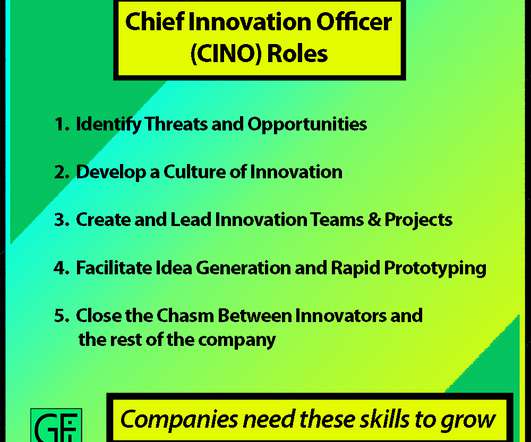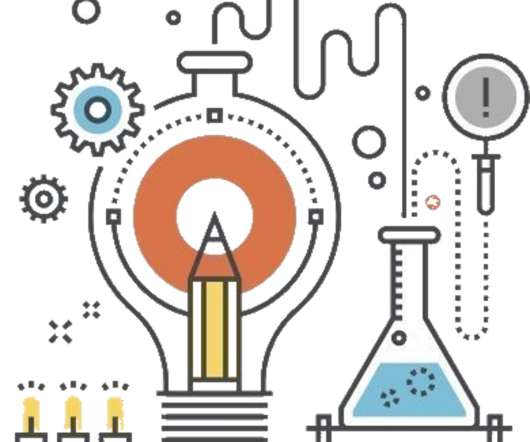Unleash the Power: Driving Innovation in Executive Teams with Experiential Intelligence
Leapfrogging
MARCH 6, 2024
By doing so, teams can navigate challenges with agility and confidence, leading to transformative business results. Building a High-Performing Executive Team When I focus on assembling an executive team, the emphasis is not just on individual competencies but also on how these leaders function as a unit.


















Let's personalize your content